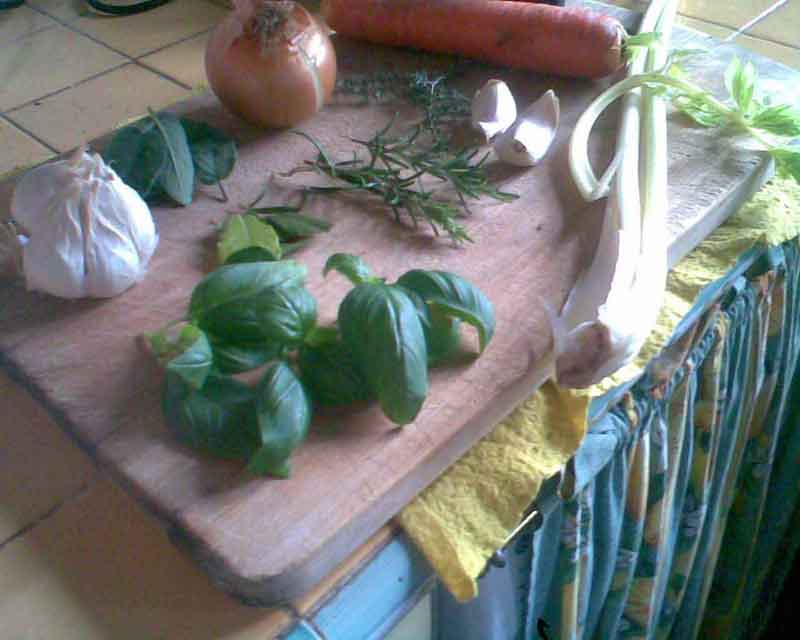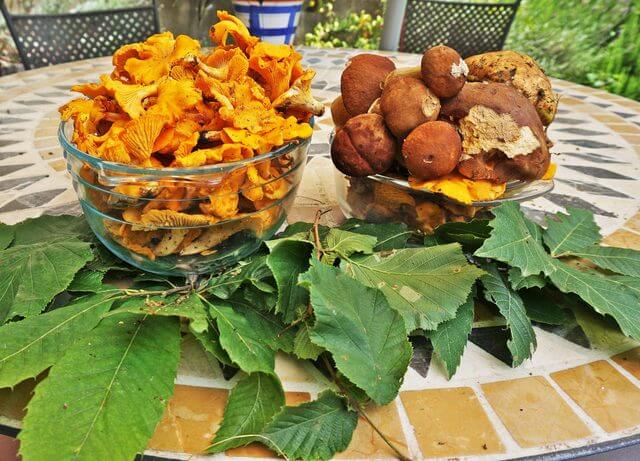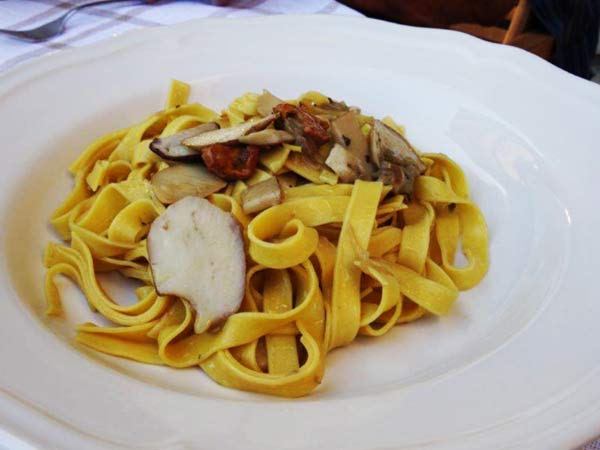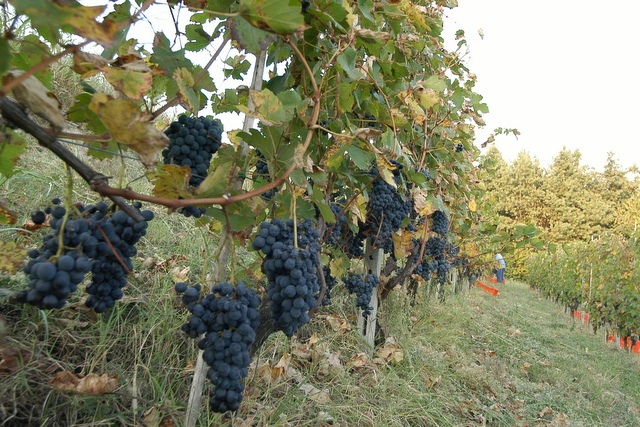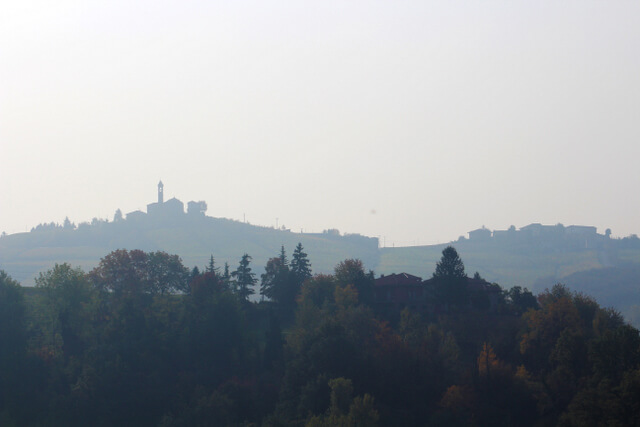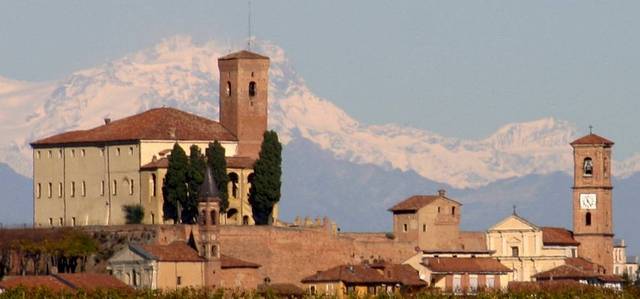Soffritto
Every ethnic cuisine is based on some specific combination of tastes
Every ethnic cuisine is based on some specific combination of tastes
and flavors which make that cuisine unique. In Langhe and Roero, three preparations are basic for about every antipasto (hors d’oeuvre) and every primo (starter) and secondo (main course): the “soffritto”, used in almost every entrée and main course, and two preparations which can be used as dips or sauces, the “salsa tonnata”, and the “bagnet”.
This article gives you instructions on how to prepare the “soffritto”.
Difficulty: easy
Time to prepare: 20 minutes
“Soffritto” means, “to fry slowly”: It is a mix of tastes and smells, from vegetables and aromatic herbs, that needs to by fried slowly prior to use as the ingredient of most recipes: soffritto makes our cuisine unique and special. It is used, in its numerous variants, in about everything which matters: from a meat sauce (with pasta), to the sauce in which you’ll roast the veal.
The origin of the recipe are not known, but its use is so popular, and widespread that every Italian culinary region claims to have been the place where it was invented. When it is obvious that such a claim cannot be made, then the recipe must have been invented by some Roman Emperor who lived either before or after Christ’s. When you think of it, it is very much like the birthplace of Christopher Columbus: the French claim that he was born in Corsica, The Italian in Italy, of course, but not every Italian agrees where to (it could be Genoa, Nervi or Savona), not to mention the Spaniards, and the Portuguese. Soffritto may not have helped to discover America but it certainly is a contended recipe.
Soffritto is a mix of finely minced vegetables and aromatic herbs. The most basic of soffritto consists of a mix of onions, carrots, celery, garlic, salt, extra virgin olive oil, and sometimes vinegar (made of wine) or white wine. The garlic can be minced and mixed in, or fried cooked in cloves, and then taken out of the mix, but it must be slowly fried with the rests. In general the tastier the dish you are preparing, the more aromatic the soffritto.
Soffritto can be prepared in advance, and then stored, raw, in small glass jars tightly sealed: you can keep them in a cup board (there is no need to keep them in the fridge it since salt and vinegar are great natural preservatives). You can keep the jars sealed for up to two months, but no more than a week, and then in the fridge once opened. Or you can make the soffritto on the go, when you need it.
The ingredients and the quantities that make a great soffritto are indicated below. “Must” have ingredients are shown as are the optional one. Should you like a taste or smell more than another, you can vary the quantities slightly. What is important is that all the components are used, more or less in the amounts indicated.
Once you master how to make soffritto, you are half way to cooking great Italian recipes.
This much soffritto can be stored in two small jars, and it will be enough for 20 servings of pasta.
80 gr. (1,6 oz) of Onions ( must be in)
80 gr. (1,6 oz) of Carrots (optional)
60 gr. (1,0 oz) of Celery (optional)
5 gr. (one clove) of garlic ( must be in)
10 gr. (0,2 ox) of Salt ( must be in)
10 gr. (0,2 oz) Extra Virgin Oil ( must be in)
2 gr. (0,05 oz) of Vinegar from wine
20 gr. (0,4 oz) Rosemary (optional)
10 gr. (0,2 oz) Sage (optional)
25 gr. (0,5 oz) Persil (optional)
20 gr. (0,4 oz) Basil (optional)
Preparation
Preparing the soffritto is very simple: you need a knife, a rocking knife, a wooden board to cut the veggies on, and one or more jars to store it. Wash carefully the vegetables and the aromatic herbs, cut them with a knife first, mix them, and then mince them with the rocking knife. Put the chopped veggies in a jar, add the extra virgin olive oil, the vinegar and the salt, mix well and then seal the pot. If you prepare this recipe on the go, then put the compound in a frying pan and slow fry until the vegetables become soft and a little of a yellow-brownish colour: add some white vine, as necessary, not to let the thing burn.
You have just made your first soffritto: you are ready to cook great Piedmont recipes.
